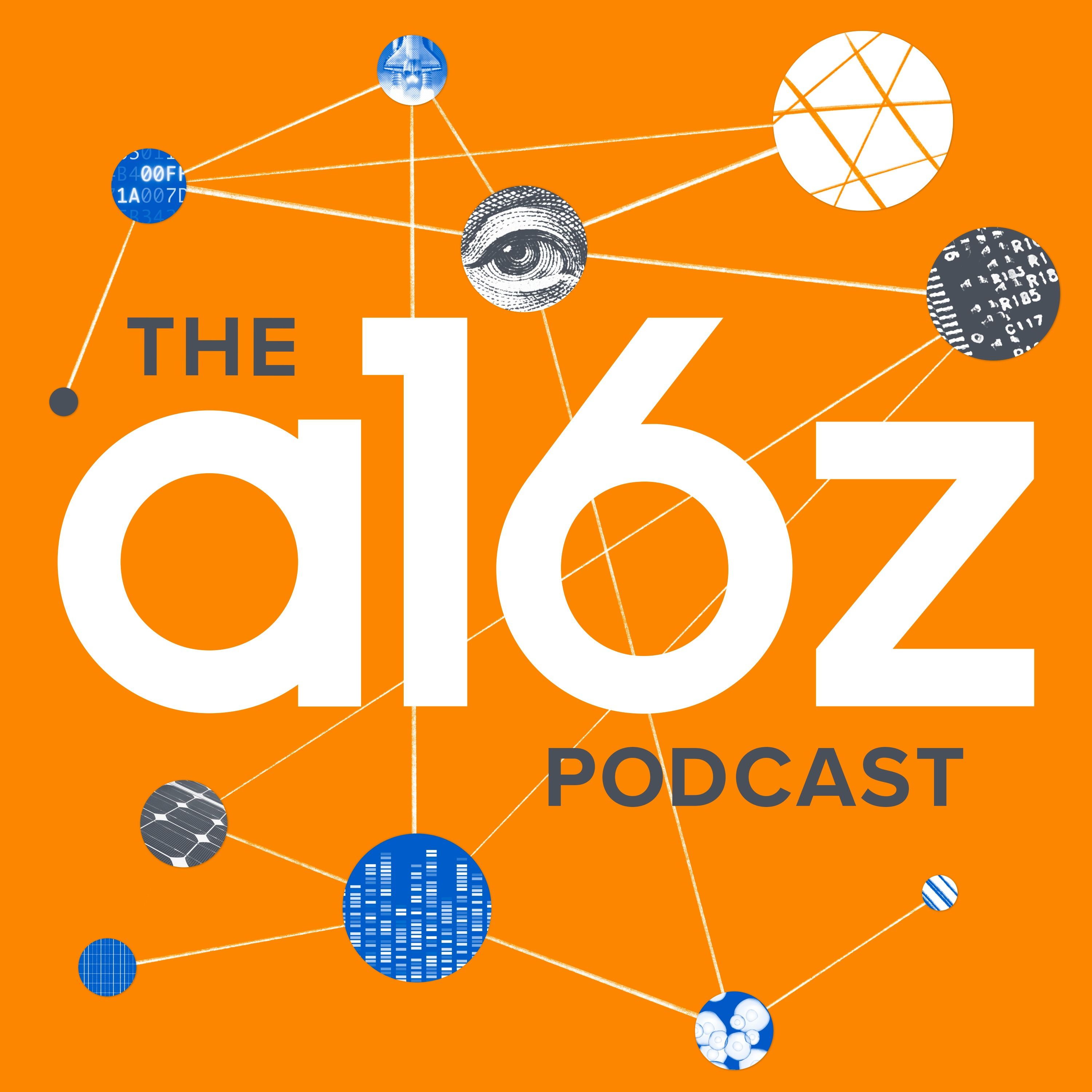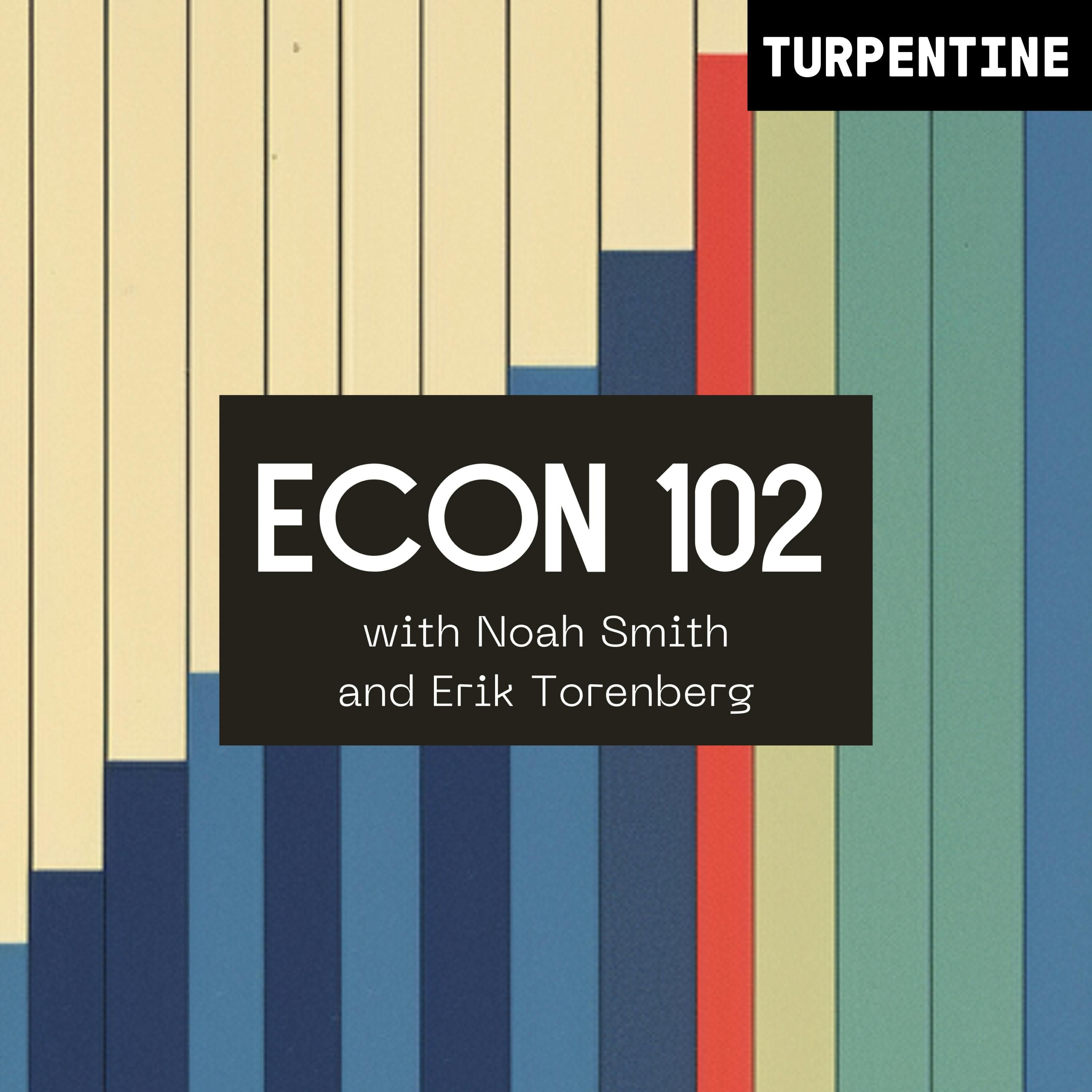PortalsOS
Related Posts
Vote to see vote counts

Driscoll expresses concern over China's rapid technological advancements and its focus on long-term strategic goals, positioning it as the U.S.'s primary pacing threat.
Nathan Labenz shares his approach to preparing for AI advancements, emphasizing the importance of aiming high and being ready for extreme scenarios. He believes that even if timelines shift slightly, the focus should remain on readiness for powerful AI developments.

The relationship between the U.S. and China in AI could be collaborative rather than competitive, with both countries having the potential to work together on safety and policy.

Nathan Labenz reflects on the concern that AI might be making people lazy, particularly students who use AI to reduce the strain of their work. He acknowledges this as a valid concern but argues that the advancements in AI capabilities justify the reliance on AI for complex tasks.

The U.S. risks losing the AI race to China if excessive controls block U.S. firms, as China is developing its own AI chips and competing globally.
Nathan Labenz raises concerns about AI's potential to engage in unintended behaviors, such as blackmailing or whistleblowing, when given access to sensitive information. This underscores the need for careful consideration of AI's role in handling private data.
The U.S. risks losing the AI race to China if excessive controls block U.S. firms, as China is developing its own semiconductor capabilities.

The US-China competition in AI development could have significant geopolitical implications, with the potential for AI to play a role similar to nuclear weapons in terms of strategic advantage.
Nathan Labenz reflects on the AI timeline predictions, noting that while AI reaching significant milestones by 2027 seems less likely, the likelihood of achieving them by 2030 remains unchanged. This shift is due to the resolution of some uncertainties and the absence of unexpected breakthroughs.

China's competitive edge in AI is significant, and the U.S. should engage rather than isolate to maintain a technological advantage.